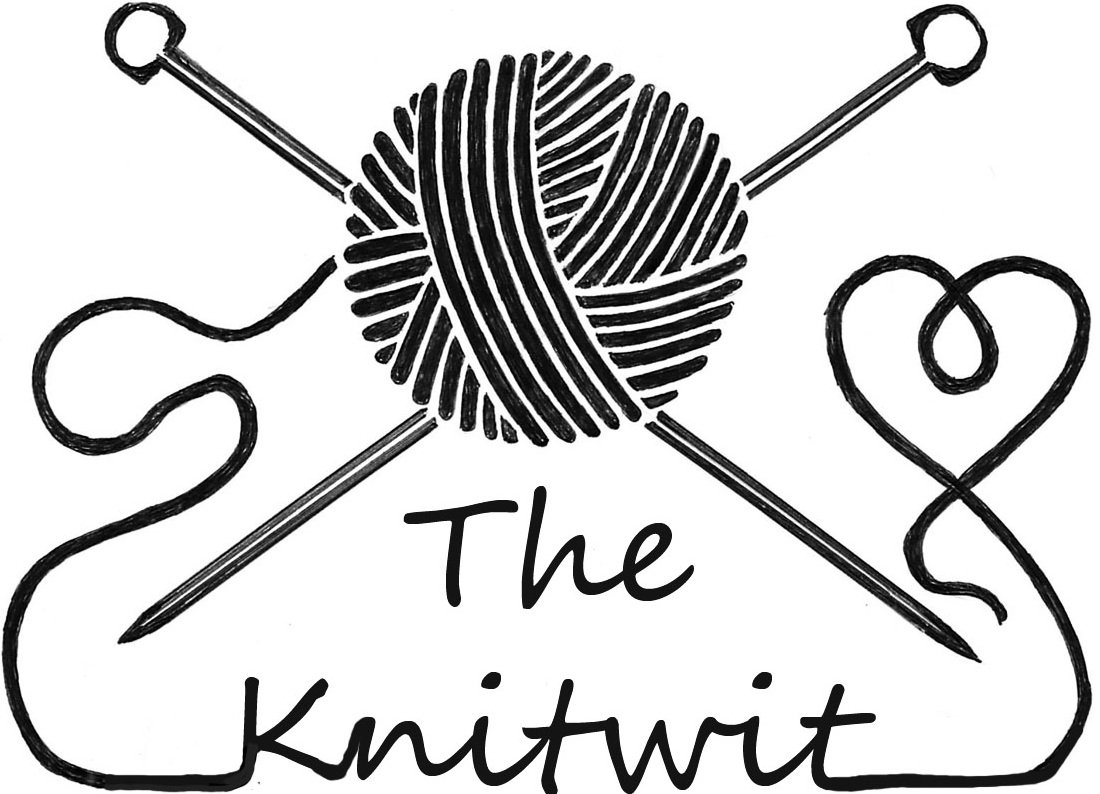Write Clearer and Better Knitting Patterns
I have now written over 60 knitting patterns for Geometric blankets worked primarily in garter stitch. In this post I look at how understand and use my patterns.
Knitting Skills instead of Skill Levels
Skill levels are subjective because knitters are all different. What comes easily and is enjoyable to one knitter is difficult and unpleasant to someone else. For instance, I know that some knitters love to make socks, working in fine yarns in the round on double pointed needles but while I can do it, I don’t enjoy it.
In my patterns rather than assign a skill level, the skills used in the pattern are specified. In my book, Geometric Knit Blankets, to help steer knitters to patterns they will enjoy. The skills used in the book vary by blanket and include: pick up and knit (not “pick up” which is different), seaming, short rows, 3-needle bind off, and occasionally 3-needle Bind Off and provisional Cast On.
Color Descriptions
Does anyone other than me find the color names for yarns to be a tad unhelpful? When you read the word “muffy” or “scuttle” does any particular color come to mind? It is a trend to name yarns after things that don’t have anything to do with color. I think this is a nice marketing strategy but not useful to knitters. Because of this, in my patterns I describe the color required in plain English in parenthesis after the manufacturer’s name as shown below. I think this will help the pattern stand the test of time, because yarn companies retire colors and eventually the yarn line, while a good pattern never retires.
Pattern Stitches
If you subscribe to knitting magazines, you are probably familiar with pattern stitches, which make patterns shorter and easier to understand by specifying repeating instructions once. Pattern stitches are located at the beginning of the pattern, perhaps in a box or column, to distinguish them from written instruction text, and then called on from later in the pattern, perhaps multiple times, requiring a lot of page flipping. In my book Geometric Knit Blankets, there is extensive use of pattern stitches. But the pattern stitch is placed next to the first place where it is called on to make it easier to find, as shown in the example below. If the pattern stitch is used again on a subsequent page, the page number of the pattern stitch is provided.
Note that in the pattern stitch, on rows where the stitch count changes, the number of stitches decreased or increased is included. This practice was started to help me convey the intent of a row to my technical editor, and then adopted permanently in my patterns because it provides the same benefit to a knitter.
Extra, Bonus materials for knitting patterns
My book Geometric Knit Blankets is over 200 pages long and has 30 patterns. Even with all these pages, there were things that didn’t fit in the book, so I have made a private website for purchasers of the book to access all the extras. The extras include, Help videos, information about replacement yarns, and a lot of information that knitters will find useful. I will write more about that in a future blog. See you then and stay well!



